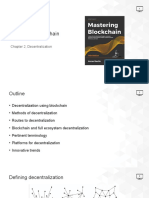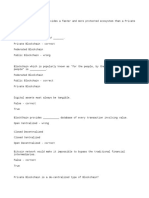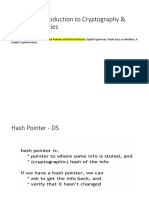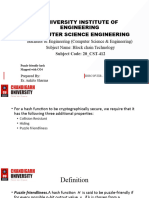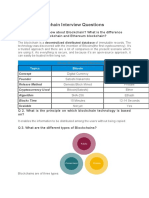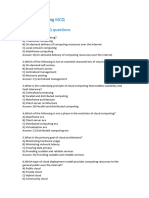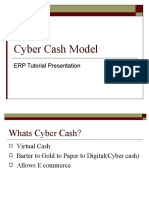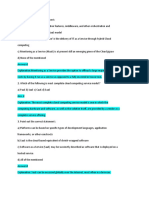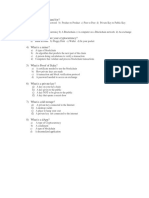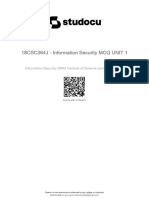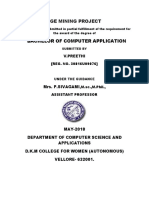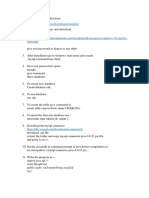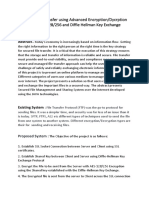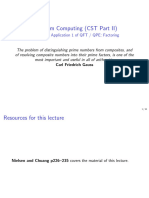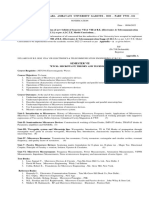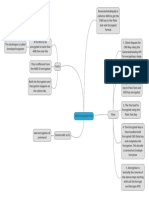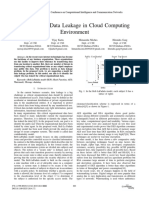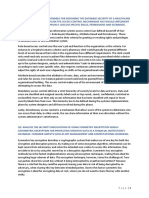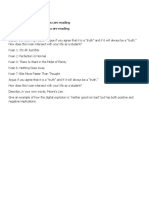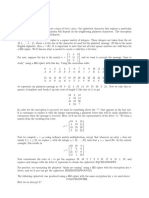0% found this document useful (0 votes)
767 views9 pagesBlock Chain Set
The document contains a question bank for a Blockchain Technologies exam with 24 multiple choice questions. Some key topics covered include the role of miners, public vs private blockchains, how blockchains use cryptography, consensus algorithms, uses of blockchain for IoT, intellectual property, smart contracts, supply chains, and decentralized applications.
Uploaded by
akshay BaleshgolCopyright
© © All Rights Reserved
We take content rights seriously. If you suspect this is your content, claim it here.
Available Formats
Download as DOCX, PDF, TXT or read online on Scribd
0% found this document useful (0 votes)
767 views9 pagesBlock Chain Set
The document contains a question bank for a Blockchain Technologies exam with 24 multiple choice questions. Some key topics covered include the role of miners, public vs private blockchains, how blockchains use cryptography, consensus algorithms, uses of blockchain for IoT, intellectual property, smart contracts, supply chains, and decentralized applications.
Uploaded by
akshay BaleshgolCopyright
© © All Rights Reserved
We take content rights seriously. If you suspect this is your content, claim it here.
Available Formats
Download as DOCX, PDF, TXT or read online on Scribd
/ 9















